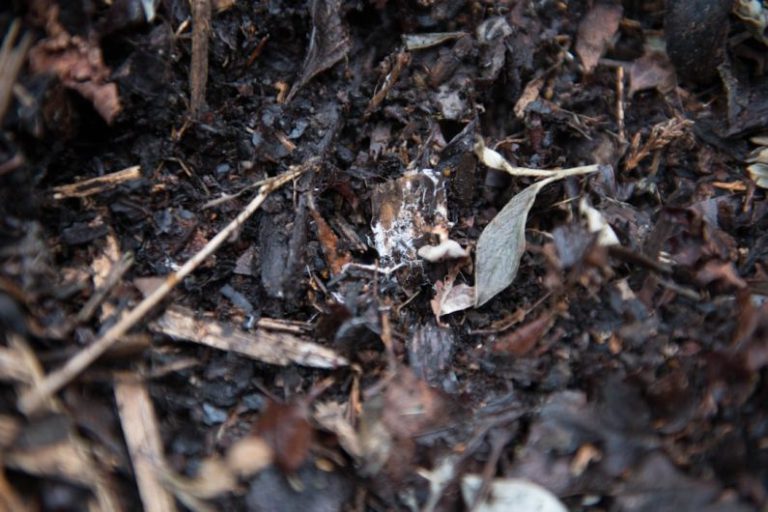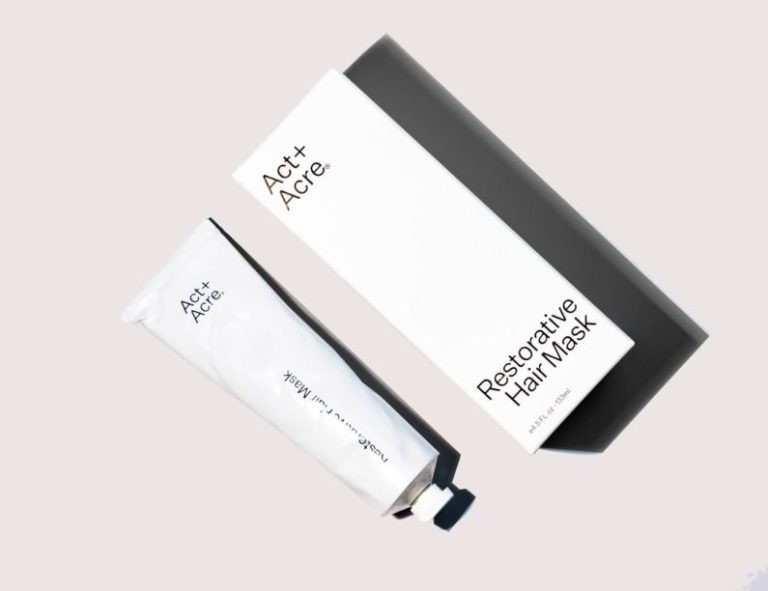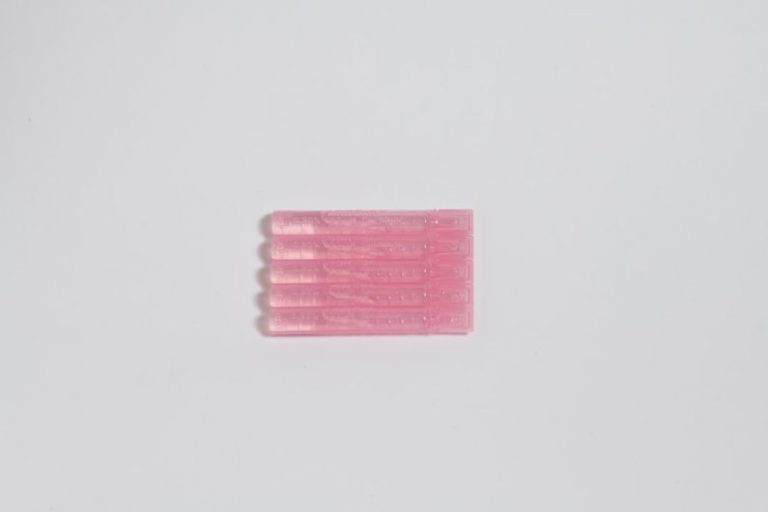What Are the Most Environmentally Friendly Fabrics for Clothing?
As the fashion industry continues to evolve, there is a growing emphasis on sustainability and environmental consciousness. One key aspect of this movement is the choice of fabrics used in clothing production. The fabrics used in our garments can have a significant impact on the environment throughout their lifecycle, from production to disposal. In recent years, there has been an increasing demand for environmentally friendly fabrics that are both stylish and sustainable. So, what are the most environmentally friendly fabrics for clothing? Let’s explore some of the top contenders in the sustainable fashion realm.
### Organic Cotton
Organic cotton has gained popularity in the fashion industry due to its reduced environmental impact compared to conventional cotton. Organic cotton is grown without the use of synthetic pesticides or fertilizers, which helps to protect soil and water quality. Additionally, organic cotton farming promotes biodiversity and reduces water consumption. Choosing organic cotton clothing is a great way to support sustainable farming practices and reduce the environmental footprint of your wardrobe.
### Linen
Linen is a natural fiber made from the flax plant that is known for its eco-friendly properties. Flax plants require minimal water and pesticides to grow, making linen a sustainable choice for clothing. Linen is also biodegradable, meaning that at the end of its lifecycle, it will break down naturally without harming the environment. Garments made from linen are not only stylish and breathable but also environmentally friendly, making them a great addition to any sustainable wardrobe.
### Tencel (Lyocell)
Tencel, also known as Lyocell, is a sustainable fabric made from wood pulp, typically sourced from eucalyptus trees. The production process of Tencel is closed-loop, meaning that the solvents used to break down the wood pulp are recycled and reused, reducing waste and environmental impact. Tencel is biodegradable, breathable, and has a silky smooth texture, making it a popular choice for eco-conscious clothing brands. Choosing Tencel garments is a step towards supporting sustainable forestry practices and reducing the fashion industry’s reliance on non-renewable resources.
### Hemp
Hemp is a versatile and sustainable fiber that has been used for thousands of years in clothing production. Hemp plants require minimal water and pesticides to grow, making them a more environmentally friendly option compared to conventional crops. Hemp is also a durable and strong fiber, making it ideal for long-lasting clothing pieces. Additionally, hemp is biodegradable and can be grown in a variety of climates, making it a versatile choice for sustainable fashion.
### Recycled Polyester
Polyester is a popular fabric in the fashion industry, but its production process is energy-intensive and relies on non-renewable resources. Recycled polyester, on the other hand, is made from post-consumer plastic bottles and other recycled materials, reducing the need for virgin polyester production. Choosing clothing made from recycled polyester helps to divert plastic waste from landfills and oceans, contributing to a more circular and sustainable fashion economy. Recycled polyester garments are not only environmentally friendly but also offer the same performance and durability as virgin polyester.
### Conclusion: Making Sustainable Choices
When it comes to choosing environmentally friendly fabrics for clothing, there are plenty of options available that combine style and sustainability. By opting for organic cotton, linen, Tencel, hemp, or recycled polyester garments, you can reduce your environmental impact and support sustainable practices in the fashion industry. Making informed choices about the fabrics we wear is a small yet impactful step towards a more sustainable and ethical fashion future. Let’s embrace eco-friendly fabrics and create a wardrobe that not only looks good but also does good for the planet.






